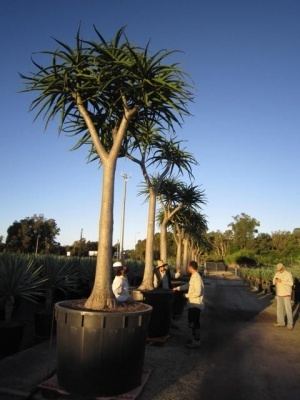Kingdom Plantae Clade Monocots Family Asphodelaceae Scientific name Aloidendron barberae Rank Species | Clade Angiosperms Order Asparagales Subfamily Asphodeloideae Higher classification Tree aloes | |
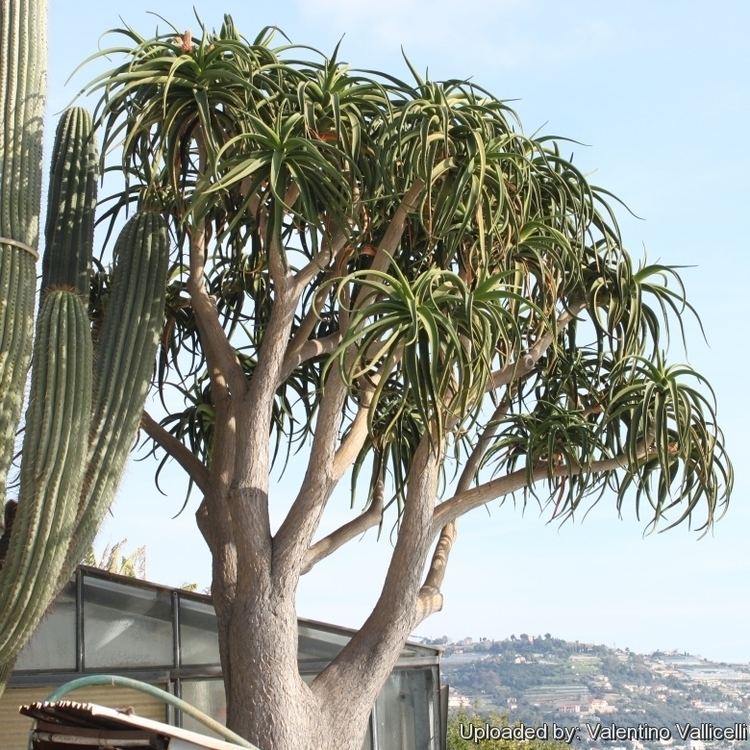 | ||
Similar Quiver tree, Aloe marlothii, Aloe plicatilis, Aloe striata, Maiden's quiver tree | ||
Aloe barberae (syn. Aloe bainesii), also known as the tree aloe, is a species of aloe native to South Africa northwards to Mozambique. In its native climes this slow-growing tree can reach up to 18 m (54 ft) high and 0.9 m (3 ft) in stem diameter. Aloe barberae is Africa's largest aloe. The tree aloe is often used as an ornamental plant. Its tubular flowers are rose pink (green-tipped); it flowers in winter and in its natural environment is pollinated by sunbirds.
Contents
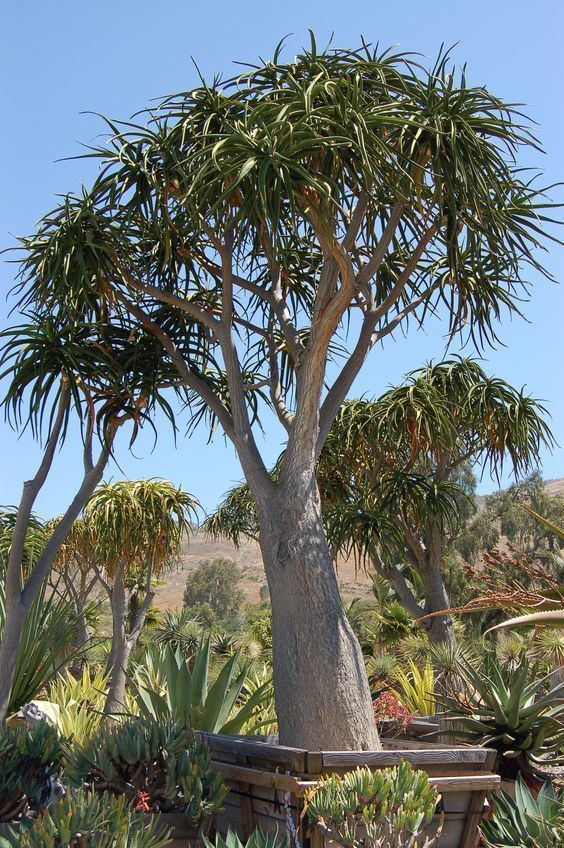
Naming

Aloe barberae was first collected and submitted for classification by Mary Elizabeth Barber, who was a plant collector in the former Transkei. She sent specimens of the plant and its flowers to the Royal Botanic Gardens at Kew, where in 1874 it was named by William Turner Thiselton-Dyer (1843–1928) in her honor. Subsequently, it was also found in KwaZulu-Natal by the well known traveller, explorer and painter Thomas Baines in 1873. He also sent a specimen to Kew, where it was named Aloe bainesii. Although known as A. bainseii for many years, Aloe barberae was the name first given to this plant, and takes precedence according to the International Code of Botanical Nomenclature.
Distribution

The tree aloe's habitat is subtropical coastal forests, kloofs (ravines) and dry valleys in the eastern regions of southern Africa. Aloe barberae is widely distributed from the Eastern Cape through the former Transkei, KwaZulu-Natal, Swaziland and Mpumalanga; and northwards to Mozambique and East Africa.
Growing Aloe barberae
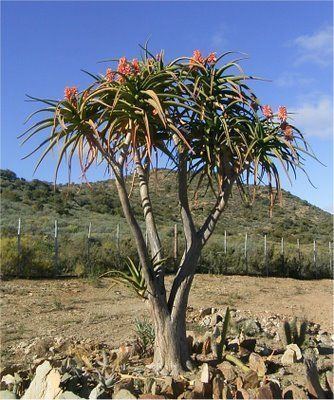
Aloe barberae forms a striking focal point in the garden, being an enormous sculptural tree with a neat crown.
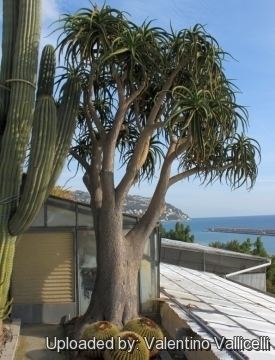
It is easily propagated, especially by cuttings (truncheons) which should be left to dry for a week or two before planting. It prefers well-drained soil, especially on a slope, and can tolerate some shade when small. It should not be planted in between buildings or in spots where its roots will be constrained, as its trunk and roots need to expand and spread.
Hybrids and cultivars

Several hybrid varieties have been created between this species and its relative Aloe dichotoma (the Quiver Tree) and, more rarely, with other Aloe species. These all tend to be more short and compact than pure A. barberae. Some of the more popular hybrids include:
